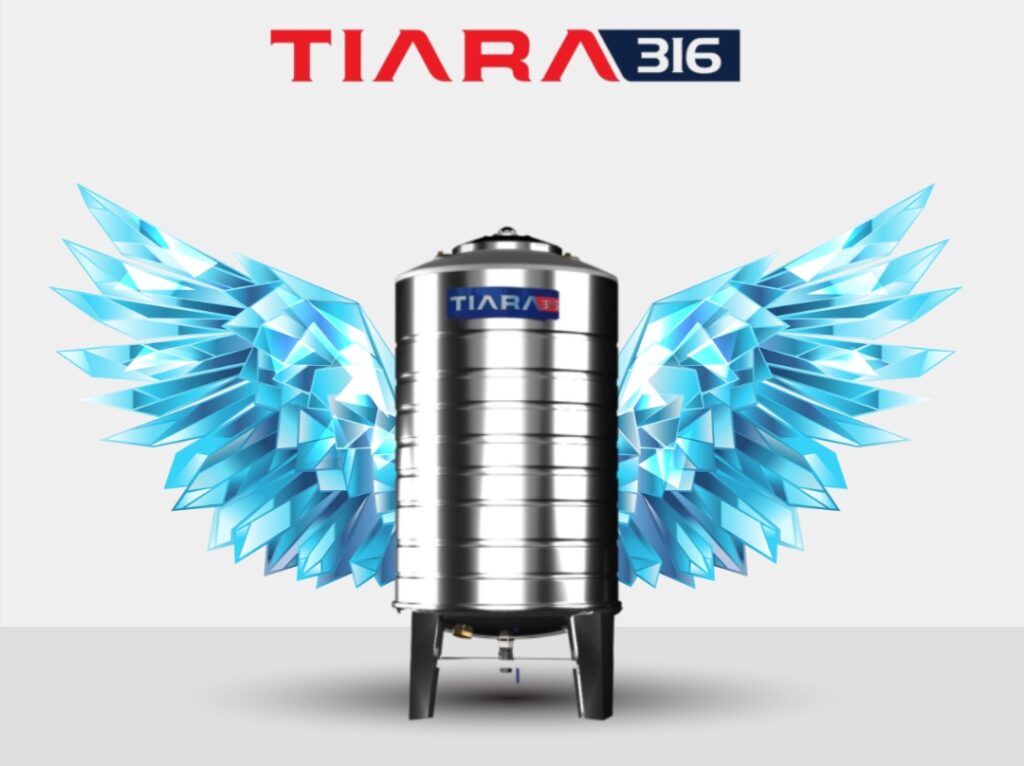
Coastal areas, known for their stunning landscapes and marine ecosystems, present unique challenges when it comes to water storage. The salty air, high humidity, and potential for corrosion can quickly impact water storage systems. For residents and businesses in such regions, choosing the right material for water tanks is crucial. Stainless steel water tanks have emerged as a reliable solution that not only ensures durability but also enhances water quality. Here’s how they make a difference in coastal areas.
Corrosion Resistance
One of the primary concerns in coastal regions is the corrosive effect of salt-laden air. Traditional materials like mild steel or even certain types of plastic can succumb to degradation over time, impacting the tank’s integrity and water quality. Stainless steel, particularly grades with a high chromium or molybdenum content, offers superior resistance to corrosion. This prevents rust or contaminants from leaching into stored water, ensuring a clean supply for daily use.
Maintains Purity of Water
Stainless steel is a non-porous material, which means it does not allow the accumulation of bacteria, algae, or other microorganisms. This feature is especially important in warm, humid coastal climates, where microbial growth can be a common issue in other types of tanks. By using stainless steel tanks, water retains its purity, making it safer for consumption, cooking, and other applications.
Prevents Chemical Contamination
Unlike some plastic tanks, which may release harmful chemicals or odors over time due to UV exposure and heat, stainless steel tanks do not compromise the quality of water. They are chemically inert, ensuring that no foreign substances affect the stored water. This is critical for maintaining health standards, especially in coastal areas where the supply of potable water can already be a challenge.
Temperature Regulation
Coastal climates often experience fluctuating temperatures. Stainless steel tanks possess remarkable thermal properties that aid in regulating water temperature. Unlike plastic tanks, which may allow water to heat up quickly under direct sunlight, stainless steel tanks minimize temperature variations, keeping water cooler and reducing the likelihood of bacterial growth.
Longevity and Cost-effectiveness
While the initial investment in a stainless steel water tank might be higher compared to plastic alternatives, its long-term benefits far outweigh the cost. Stainless steel tanks are highly durable, requiring minimal maintenance and providing a lifespan that can last several decades. This makes them a cost-effective choice for residents and businesses in coastal areas, who need dependable water storage solutions.
Eco-Friendly Choice
In an era where sustainability is a growing concern, stainless steel water tanks align with eco-friendly practices. They are 100% recyclable, reducing environmental impact. In contrast, plastic tanks can contribute to waste and pollution over time.
Conclusion
For coastal areas where environmental factors can compromise water storage systems, stainless steel water tanks provide a reliable and durable option. Their resistance to corrosion, ability to maintain water purity, and overall durability make them an ideal choice for ensuring safe and high-quality water supply. Investing in stainless steel tanks not only benefits individual users but also supports long-term environmental sustainability a win-win solution for everyone.


